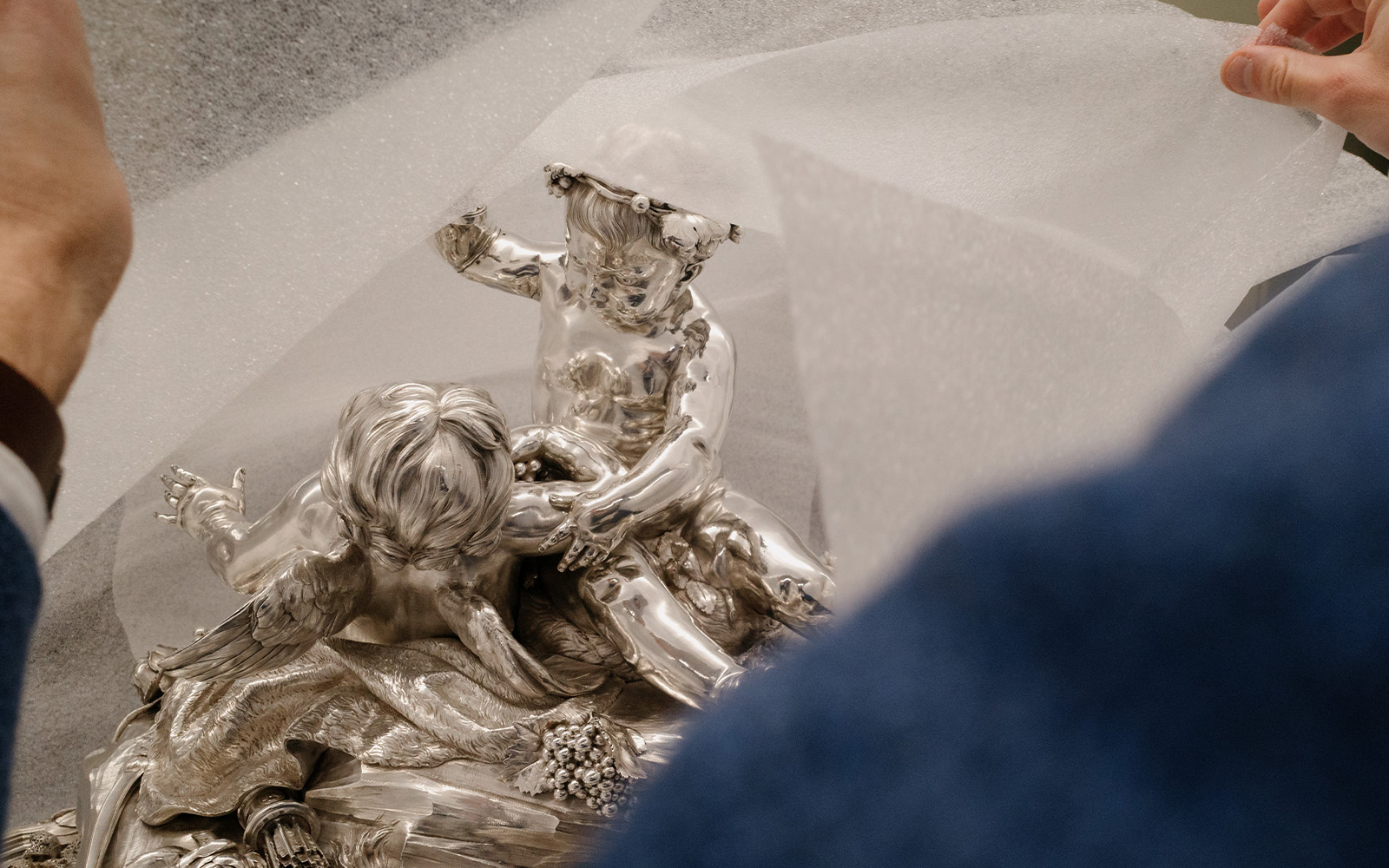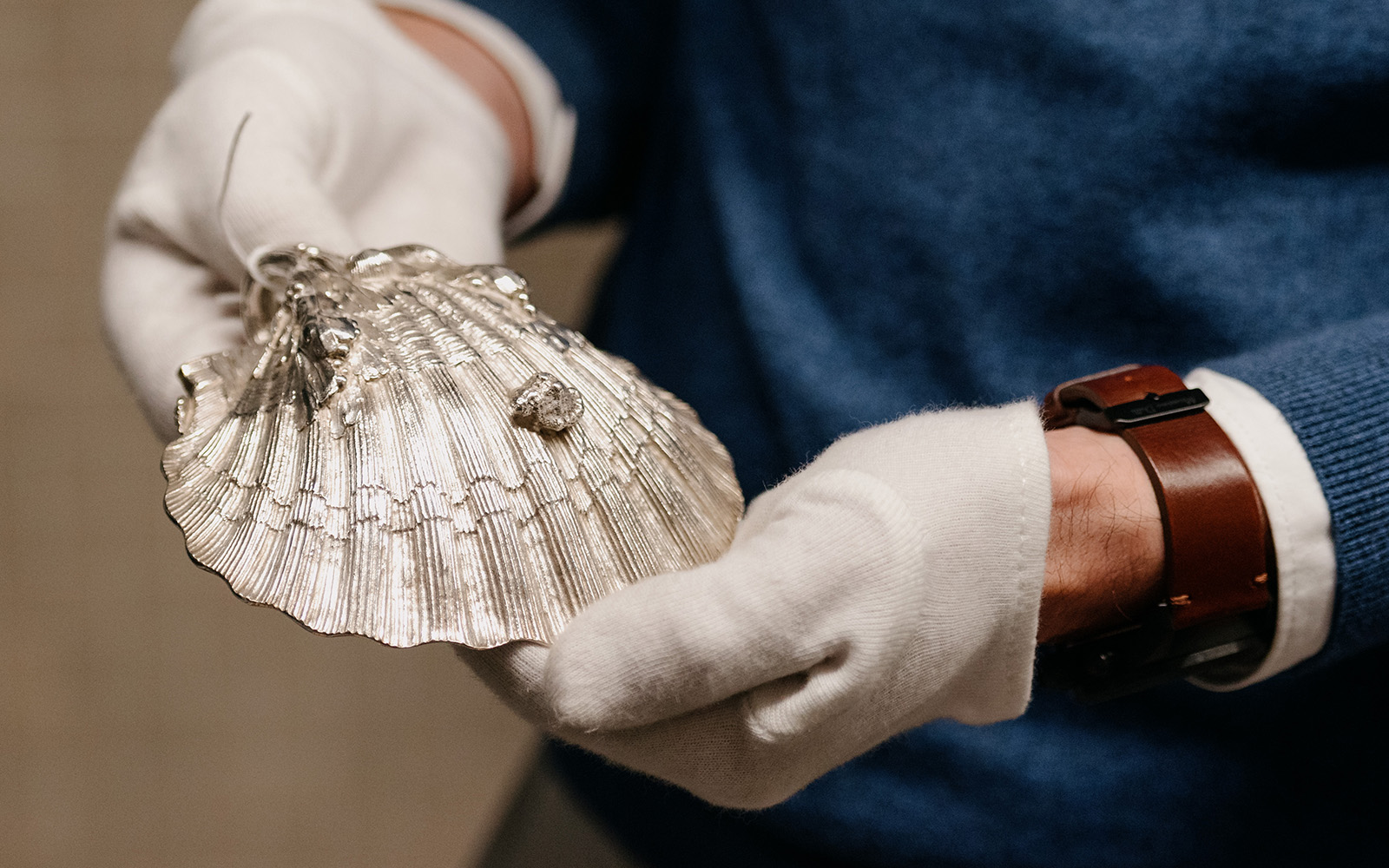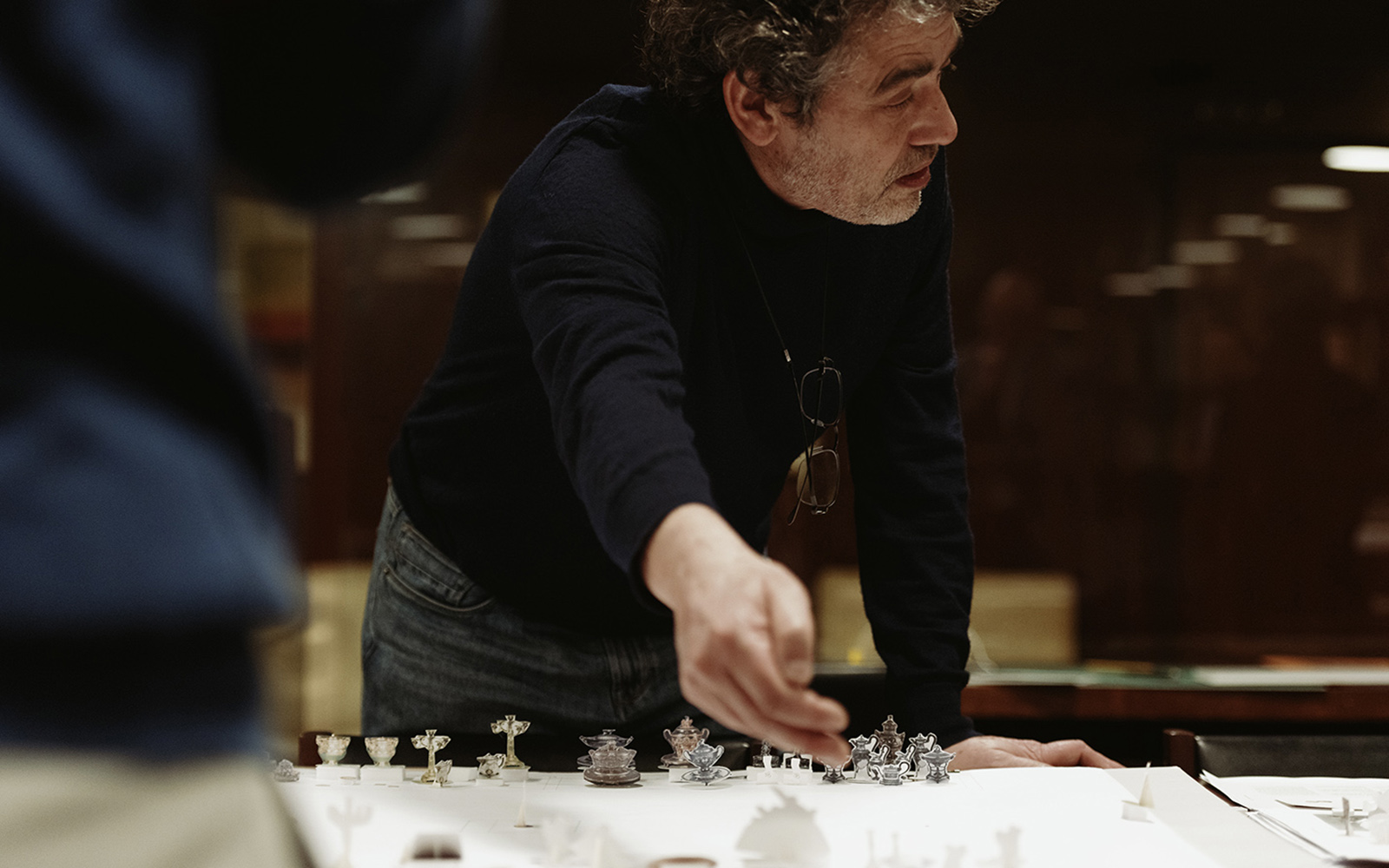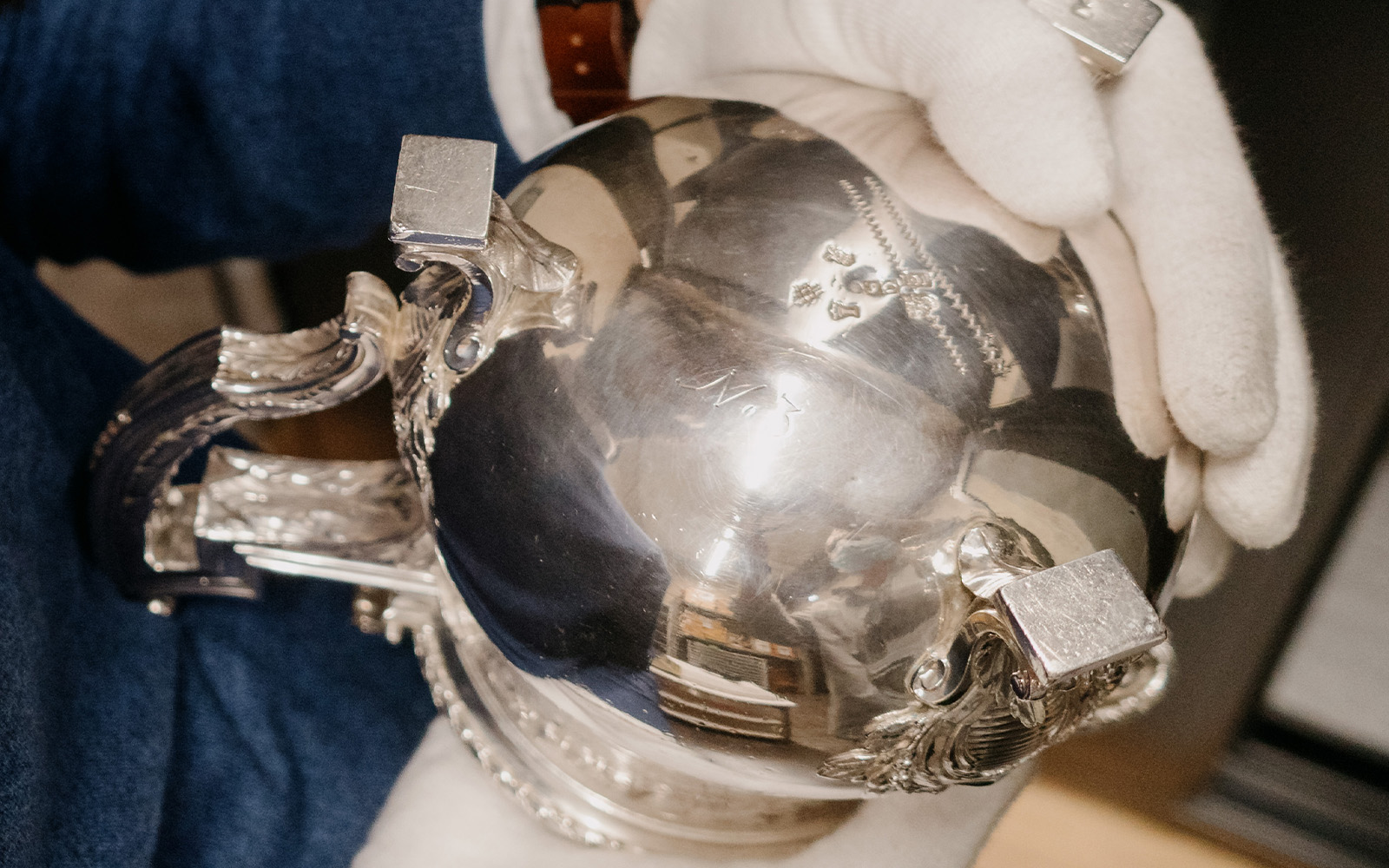Renovation of the gold and silverware gallery

During the first half of the 20th century, Calouste Sarkis Gulbenkian (1869-1955) amassed an impressive group of French silver works from the 18th and early 19th centuries that can still be considered the most significant private collection of its kind. Although in the earlier stages of his activity as a collector Gulbenkian did acquire silver objects produced in other countries and in different periods, the development and shaping of his taste, and the acquisition opportunities that presented themselves, allowed him to focus his interest on objects produced by some of the most renowned Parisian silversmiths of the 18th century – and in particular of the second half of the century – along with some outstanding works by masters of the First French Empire (1804-1814/1815).

The current renovation of the Museum galleries devoted to 18th-century French art focuses also on the museological and museographic renovation of the gold and silverware gallery. It seeks to improve the presentation of the objects and to offer, through a more coherent organisation, a stimulating and enriching experience for the public. The two main axes of intervention involve updating the technical infrastructures and revitalising the exhibition discourse.
The existing gold and silverwork display cases date from previous Museum renovation, completed in 2000, which maintained some remnants of the original museography, dating from 1969, namely its configuration. The new display cases integrate a new infrastructure adapted to the demanding and ever-renewing technical requirements for the conservation and security of the collection. They also enable a better display of the objects by integrating a new lighting system. The larger size of the display cases increases the available viewing area by around 30%. The reintroduction of pedestals creates a more dynamic and coherent display of objects that share affinities in terms of style, chronology, maker, and patron.

There are various narratives that can be explored through this collection: Gulbenkian’s own interests as a collector; the master silversmiths; patterns of a chronological, stylistic or ornamental logic; object provenance; object functions in the context of 18th-century art of table settings. While some of these narratives might intersect in the same exhibition, others can be explored through an individualised and/or monothematic display. By maintaining a regular renovation of the exhibition, new interpretations of the objects can be offered to the visitor, thereby creating access to multiple layers of meaning and translating into a more stimulating visit for the public. This relationship with visitors will also give rise to greater availability of textual and iconographic information on the collection, in a process that will be developed in stages in the near future.
Research is another fundamental element in the new organisation of the gallery. Indeed, the systematisation of information and the data resulting from the recent studies carried out by Peter Fuhring for the future catalogue of the silver collection provide a key starting point for the current display renovation and will inform future alterations and exhibitions.

Finally, we cannot fail to mention one of the central axes of the new gallery: the creation of an opening or window in the central section of the large display case, which will house the famous Centrepiece by François-Thomas Germain. This intervention will establish a direct visual and semantic link between this masterpiece of European silverware and the portrait by Nicolas de Largillierre of François-Thomas’s parents. This opening will allow for a more comprehensive view of the Centrepiece itself – as it would have been seen on a banquet table – while at the same time facilitating the establishment of relationships between the gold and silverwork collection and of the remaining French decorative arts and paintings exhibited in the surrounding galleries.


Despite the eclecticism evident in Gulbenkian’s choices as a collector, the French arts of the 18th century were a key area of interest, and we hope this renovation will contribute to achieving a better understanding of the collector’s fascination with the art produced during the Age of Enlightenment.
André das Neves Afonso
Curator of the Calouste Gulbenkian Museum
Mariano Piçarra
Exhibition Designer of the Calouste Gulbenkian Museum
Peter Fuhring
Scientific consultant of the Calouste Gulbenkian Museum